
Chartway Group is a Kent-based development and construction group providing services to deliver improved communities and environments.

Westerhill Homes by Chartway is a private housebuilder with a single mission – to deliver quality housing developments across South East England.

LetLife is the newest addition to the Chartway Partnerships Group, a brand created specifically for private rented family homes.

Chartway Construction provides a complete range of building services across Kent, East Sussex, Surrey and South London.

Chartway Drylining specialises in drylining, screeding, plastering, & rendering for housebuilders and developers across the Kent and the South East.
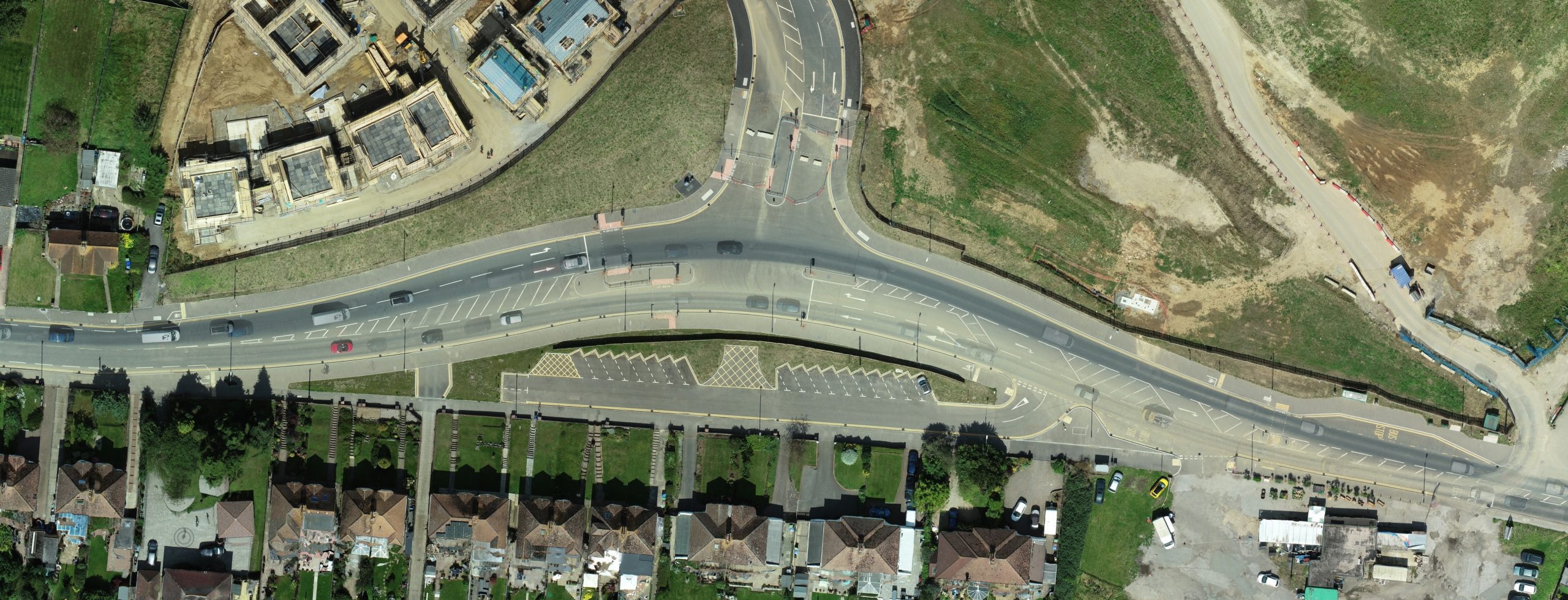
Stones Farm
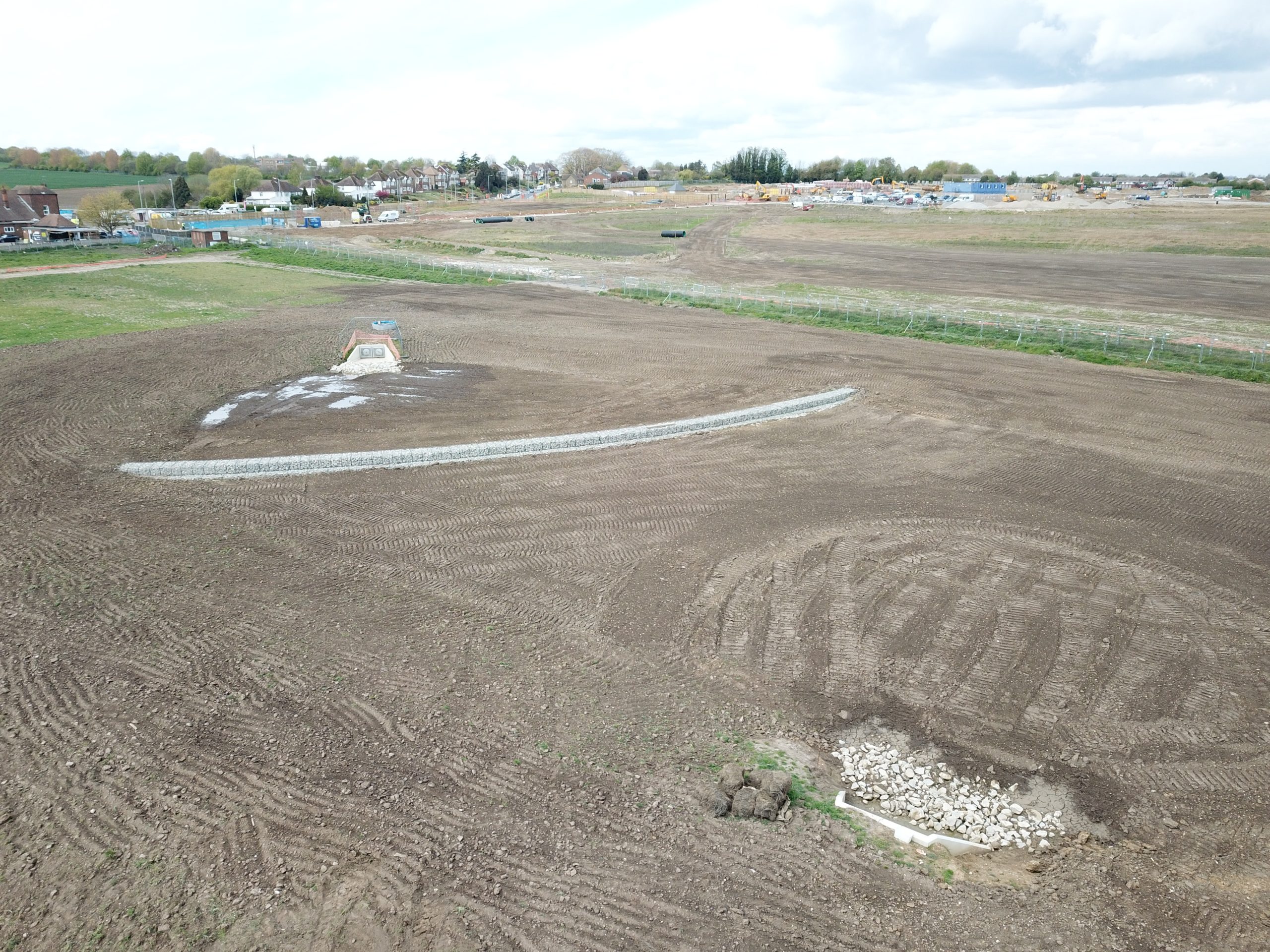
Carriageway widening and drainage works:
Part of the works allowed for overlay of the existing carriageway and therefore considerable widening was necessary to allow the construction of the new access.
The combined area of the new road construction substantially exceeded that of the existing and therefore the surface water drainage system had to be improved to allow extensive attenuation prior to discharge into an offsite retention basin.
Part of the Highway drainage was adopted by KCC and part by ICOSA due to the land ownership and the location of the final point of discharge.
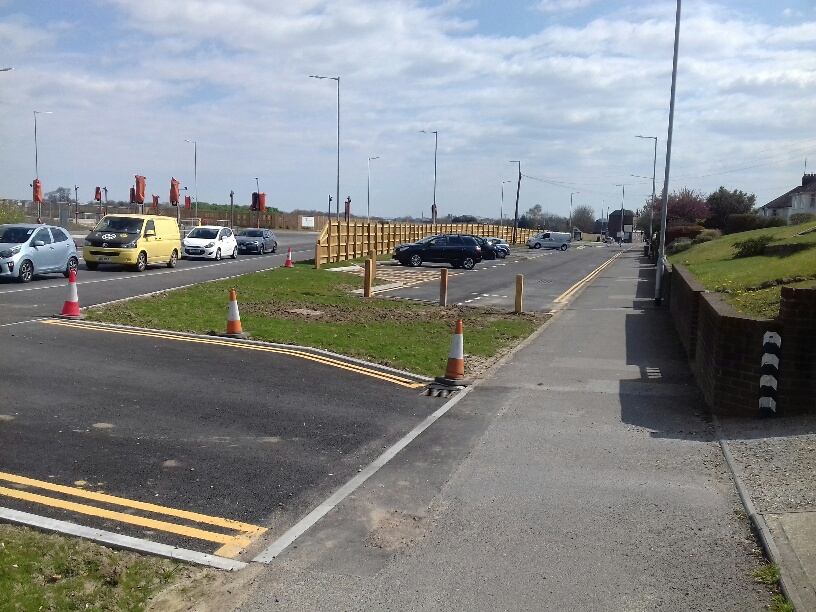
The highway construction works were vetted at all times by KCC and follows their full adoption process.
Mitigating environmental impacts:
Environmental studies were carried out in advance of the works and a report provided to highlight the requirements that were to be followed during the construction process.
There was a particular level of detail revolving around the retention pond and the discharge of clean water into an existing adjacent watercourse at a prescribed rate. The pond was designed with gabion weir walls and natural vegetation filtration. This has been completed and is monitored regularly by an Environment Agency representative.
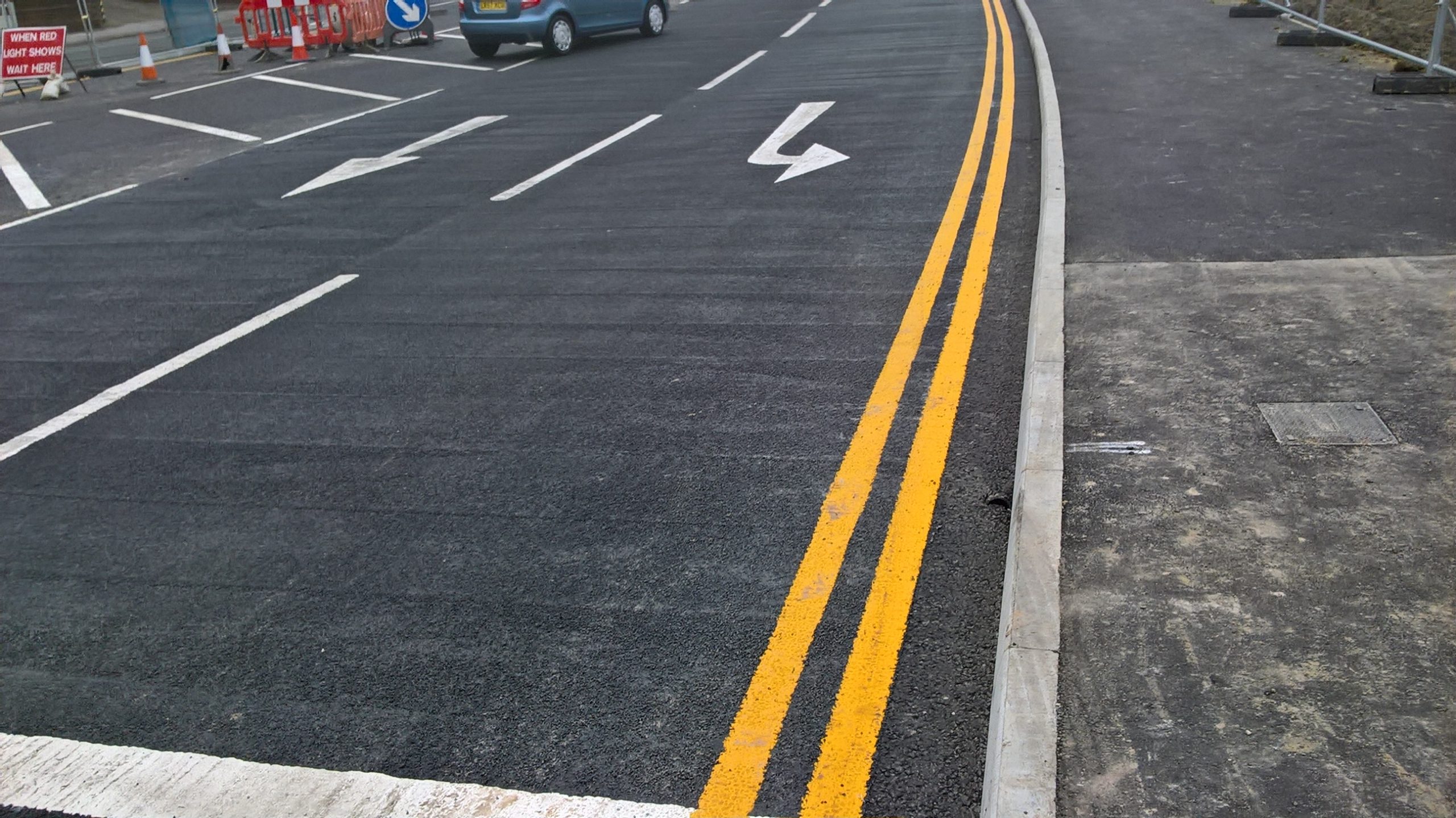
Management of key risks:
A Risk Register was established prior to commencement to ensure that the construction teams were aware of potential issues and their obligations should the situation arise.
Prior to works commencing the potential risks were reviewed and efforts made to allow them to be downgraded or eliminated by an alternative construction methodology or precautionary measures being put in place.
The risks were monitored during the construction period and status recorded on the Risk Register.
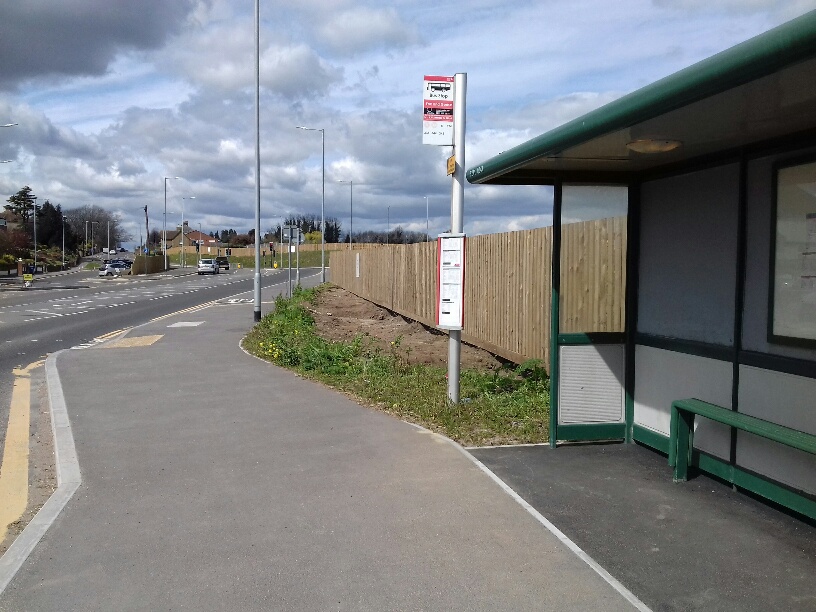
Incorporating sustainable construction techniques:
The use of recycled materials as a sustainable product was key to the viability of this project and where possible should be incorporated into the design process wherever possible.
Whilst the use of non-mechanical plant for excavating around buried services would normally be a considered a costly exercise after considering the Safety benefits and the mitigation of potential repair costs for damaged statutory equipment then this methodology does actually become cost effective.
Key challenges solutions and lessons learnt:
The coordination of the statutory authorities necessary for diverting their associated equipment was undoubtedly the biggest challenge we faced during these works and a pre-commencement followed by regular liaison meetings enabled us to coordinate the works successfully.
Following an extensive number of trial holes to establish the exact position, depth and type of existing service within the carriageway the safest and most cost-effective method was to use a vacuum excavation process.

The main lesson learnt was to ensure sufficient durations were included for exposing, identifying and relocating the existing services in the programme together and allowances for any new equipment to be installed.
Innovation, value and service improvements:
There are now a number of options that can be used cost effectively during the design and construction process and these mainly concern the use of alternative materials now approved by a majority of the Highway Authorities.
Non mechanical excavation around live services is now a viable option notwithstanding the safety benefits which will always be the number one priority.
Managing works alongside protected species:
As with all significant construction projects a report was prepared highlighting specific specie’s and how they should be protected. This was initially provided to the Principal Contractor and subsequently forwarded to the various subcontractors concerned with details and compliance required.
The procedures stated were followed at all times and liaison with the appropriate consultant and environmental bodies were maintained throughout the construction period.
Ecology – methodology and advance monitoring:
The ecology methodology and advanced monitoring had been processed in accordance with the requirements of a specification provided by a specialist in this field and these works were carried out by the principal contractor prior to our contractual engagement.
We have however played a part on several projects working with the ecological specialist installing proprietary fencing, monitoring, clearing vegetation and relocation of wildlife in accordance with their requirements.
Archaeological – potential requirements:
There was significant archaeological interest in the location of the new carriageway widening/new site entrance and prior to commencement a sequence of excavation was agreed with the archaeological team appointed to carry out the works.
This incorporated a series of shelves to allow exploratory hand excavation at various plateau levels.
This process was adopted and followed under guidance of the archaeological team.
Programming and sequencing:
Prior to commencement a Construction Programme indicating Sequencing was agreed with all parties concerned highlighting all key operational activities. This was carried out ensure that the timescales were appropriate and key dates were achievable.
This also ensured that third parties, residents, bus companies and emergency services etc were made aware of the impact of the works throughout the duration of the project.
All elements were monitored, recorded and published on a regular basis to ensure that works were completed in a timely manner.
When delays were incurred for unforeseen additional works these were advised to the client and the programme amended accordingly for record purposes.
Status: Complete
Sector: Residential
Contract Value: £1.7m
Main Contractor: Chartway Construction
Duration: 32 weeks
Type of works: Highways, groundworks & surfacing



